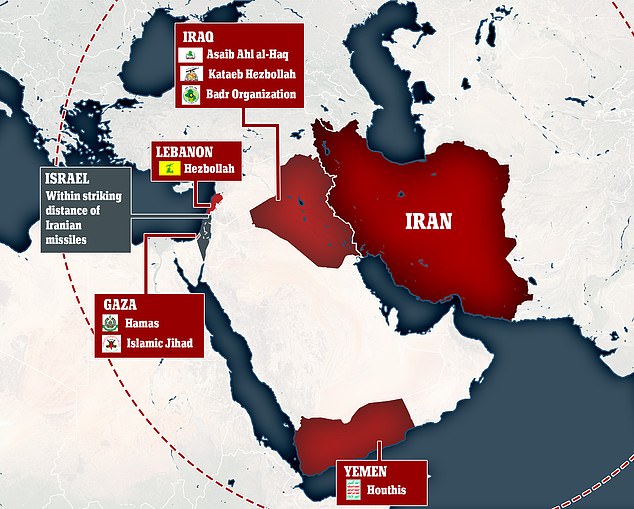7667766266
enquiry@shankarias.in
Why in news?
Iran’s top security and intelligence commander, Major General Qassem Soleimani, was killed in a US drone attack in Baghdad.
What happened?
Who was General Soleimani?

How did Soleimani rise to this stature?
What did the Quds Force do?
How had Soleimani’s experience with the U.S. been?
How has the US justified his killing?
What are the implications?
Source: Indian Express